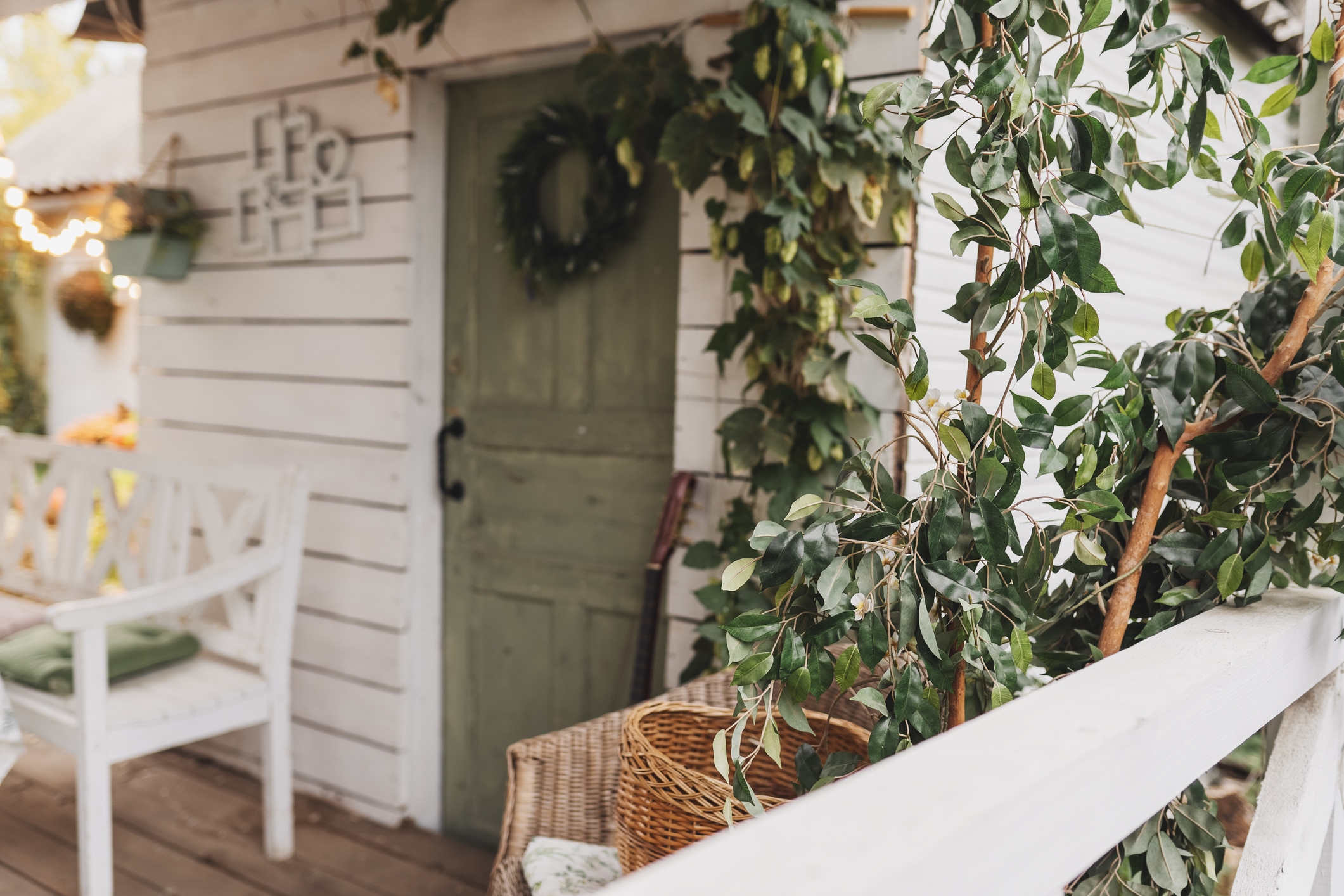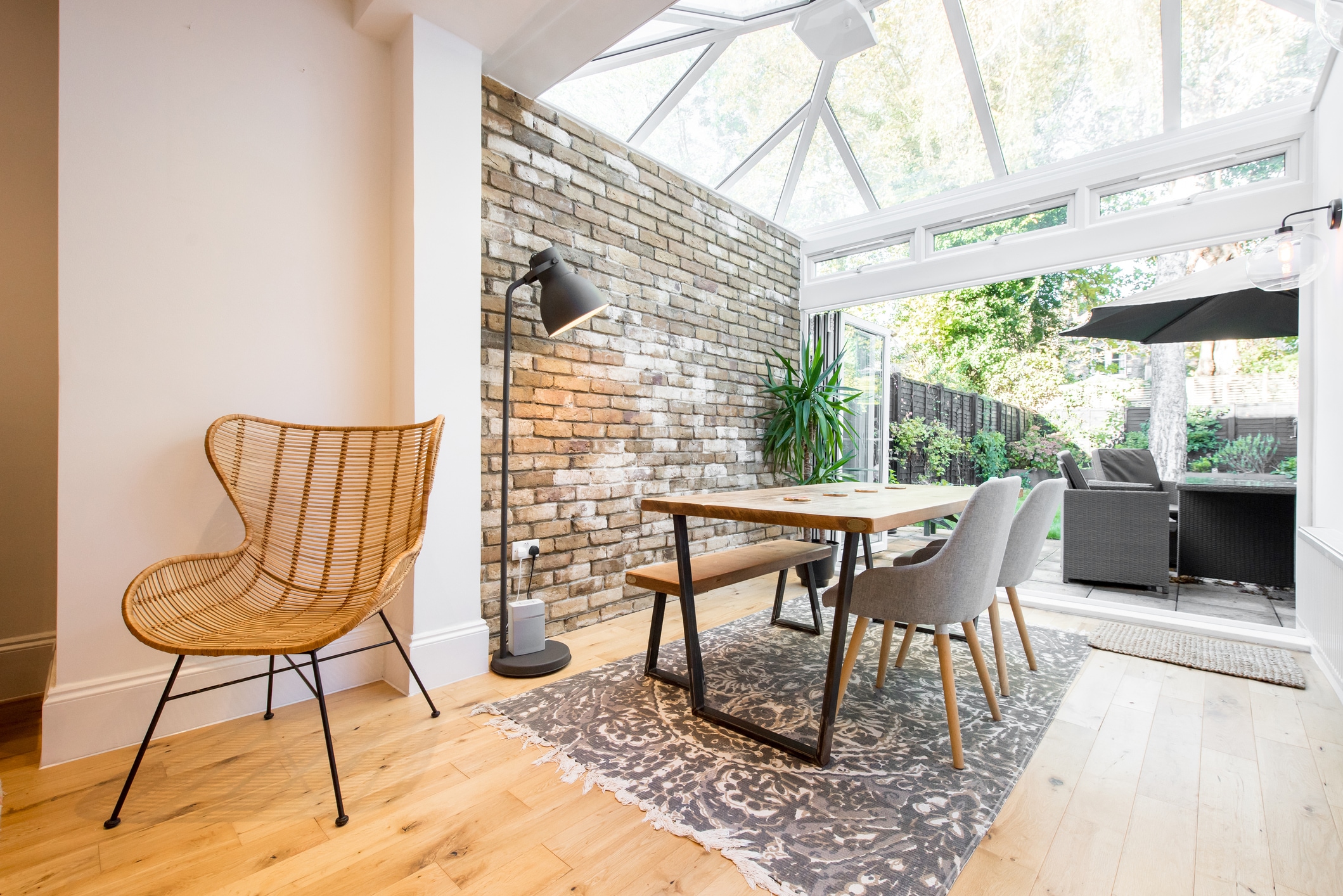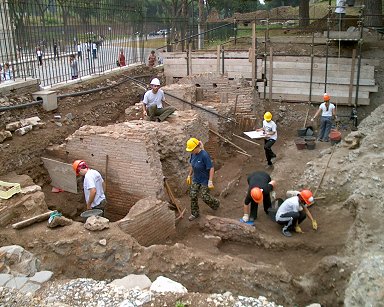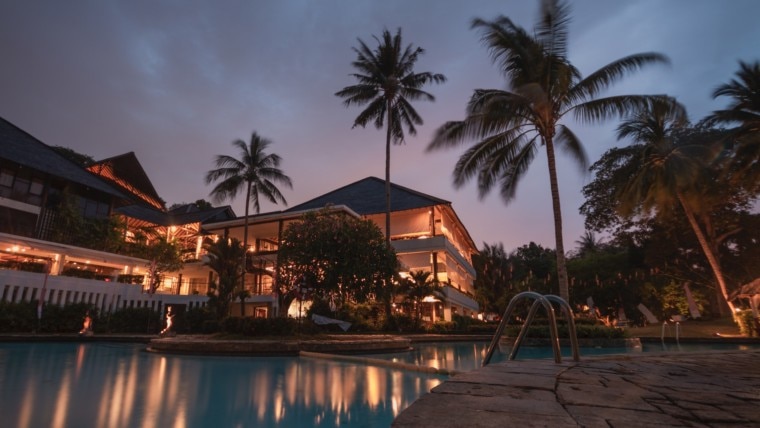
When disaster strikes, nothing is more important than protecting yourself and your family from potentially dangerous elements. To properly defend against these types of emergencies, you may want to consider building a safe room in your home. This room is usually a physically reinforced space where you and your family can reside while you wait out the storm. It should be strong enough to withstand dangerously high winds and flying debris. You can build a safe room yourself or hire a contractor.
In terms of natural disasters, according to research from Allstate, in 2009, there were 21 tornado-related deaths, 45 in 2010, and 548 in 2011. On average, the U.S. is hit by 1,376 tornadoes and 14.4 million earthquakes, though only around 1,400 measure higher than a 5.9 on the Richter scale. In 2010, 12 hurricanes formed, followed by 7 in 2011, and 10 in 2012. Any of these storms could potentially cause severe damage to your home, so you want to guard your family with a safe room that you construct in the proper area of your house.
Research the Location for Your Safe Room
Whether you choose to convert an existing room into a safe room or build a new one, you need to research where the safest places in your house might be based on various elements of emergency safety. Even the types of storms your area usually faces can have an effect on where you construct your safe room.
In general, the ground floor of a home is the best location for a safe room. For some homes, a basement or other underground room is optimal, especially for protection against tornadoes. However, if there is more of a chance for flooding in your area, a basement might not be the best location for your safe room.
It is also best if the space you use for your safe room has no windows, which can easily break during rough storms. If windows are unavoidable, find the room with the fewest and smallest windows, and consider investing in plexiglass, which is safer than glass.
The recommended size for a safe room is about five square feet of space per person, though a reinforced closet can also be used if this amount of space is not available.
Reinforce Your Safe Room
FEMA has released reports complete with safe room designs, constructions, specifications, and material lists for different types of safe rooms in their FEMA P-320, entitled “Taking Shelter From the Storm,” which you can view and download from their website. This can be a great place to start, particularly if you have not sought the help of an experienced, professional designer. Check FEMA’s website too for all of the proper permits and inspections you need before you begin building your safe room.
In its most basic form, a safe room must have four sides—four walls, floor, and ceiling—that are all fortified, whether that is a closet or an entire room. You can fortify walls with anything from plywood to chicken wire, steel mesh, and blast proof Kevlar panels, which provide the best protection. For the floor, a cement-reinforced foundation is likely your best option so that the room cannot be picked up by strong winds.
Doors can be the weakest point of a safe room, so you may consider splurging for one of the strongest doors you can find. This can either be materials, such as a steel door, reinforced steel hinges, or special locks, such as 2-inch deadbolts or mortise locks, which are built into the door rather than being attached. According to tips from Reader’s Digest, doors should also open inward to prevent being trapped in the room when debris is propped up against the door.
Stock Your Safe Room
Stocking your safe room is another crucial aspect of creating the safest room possible, mainly because you may not have any idea how long you might have to stay in it. You need to stock it with 1 gallon of water per person per day with a 3-day minimum as well as plenty of nonperishable foods. You should also have a full first aid kit (with all necessary medications) and emergency kit, which may include everything from batteries and flashlights to radios and knives.
You may also want to consider stocking such supplies as cash, copies of all identification and important documents, extra pair of glasses or contacts, clothes, blankets, sanitation bags or bucket, sanitation supplies, toilet paper, no-rinse hand sanitizer, feminine hygiene products, a roll of duct tape, and baby supplies and children’s activities, if applicable.
In case of a power outage, an alternative power source such as a generator is a strong recommendation, but you need to have proper ventilation in the room to prevent potential carbon monoxide poisoning. If you’re looking for something more basic, you can use battery-powered or hand-cranked lights instead.
Keeping a fully charged cell phone in the safe room will help if you are unable to grab your cell phone when you race to the safe room. A land line installed in the safe room can help provide you with a communication alternative when cell phones no longer receive a good signal, which is common during natural disasters. Your cell phone may also not receive a good signal because of the heavy reinforcements of your safe room, which is another reason to consider installing a phone with a land line.
In the event of a nuclear or biological attack, some panic rooms are even stocked with gas masks, chemical washbasins, and potassium iodine tablets.
While most people stock their safe rooms to be inhabited for a few days, some are stocked for much longer stays, even up to a month. Analyze the typical downtime of your area during the storm, and prepare for what you think is best.
While your home may be one of the best places for you to be during a storm, your safe room will definitely be the best protection you can have against it. Stock and reinforce your safe room to recommended specifications, and you can rest easy knowing that you and your family will be safe when an emergency strikes.

















